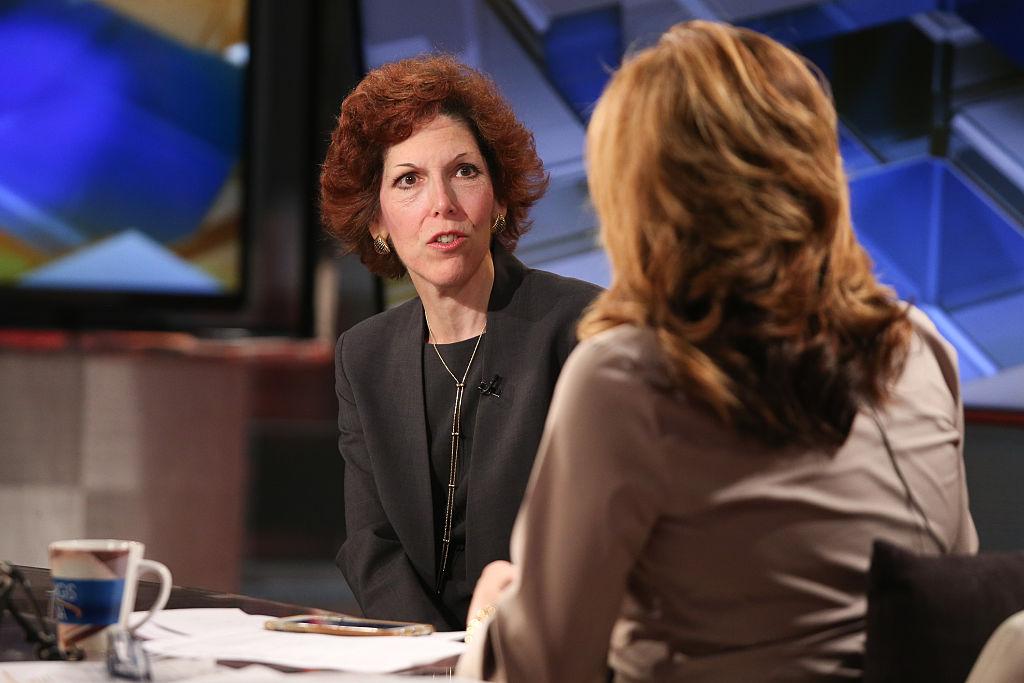Cleveland Federal Reserve President Loretta Mester said Tuesday she backed the central bank’s emergency rate cut in the wake of the coronavirus outbreak “clouding the outlook for the global economy.”
Mester, who is a voting member of the Federal Open Market Committee (FOMC), the Fed’s rate-setting body, said in prepared remarks that while the cut would not fix supply chain dislocations, it would shore up confidence in the economy.





